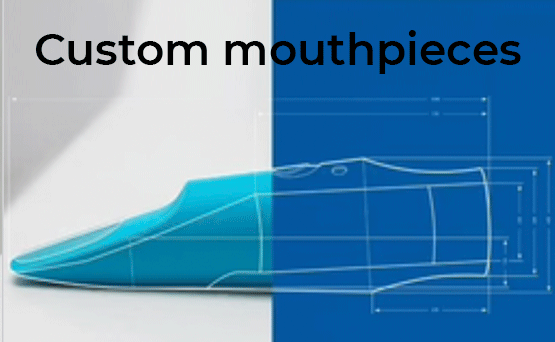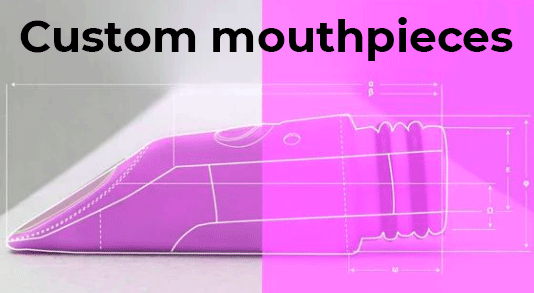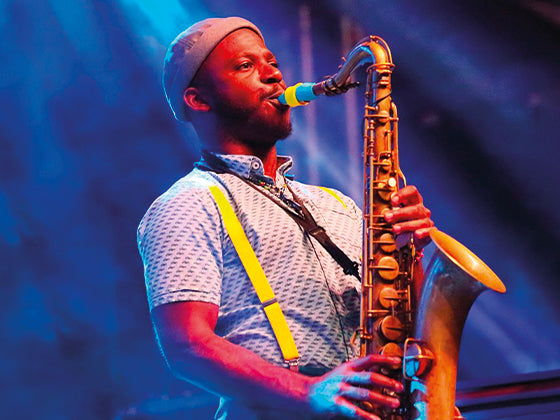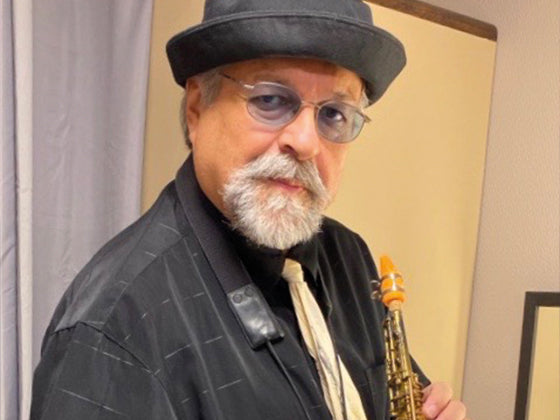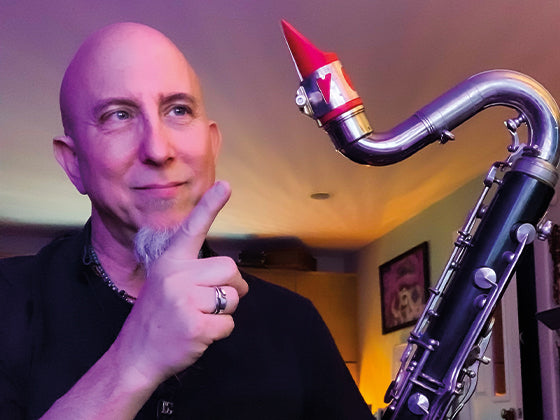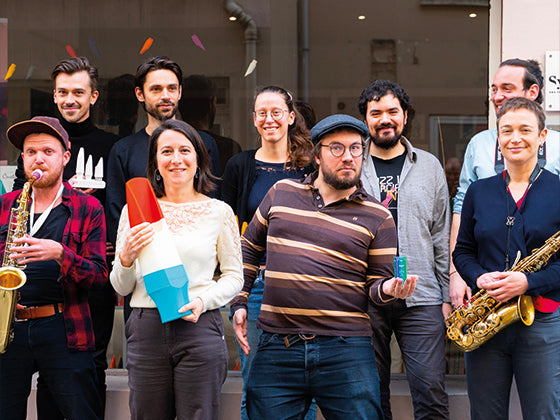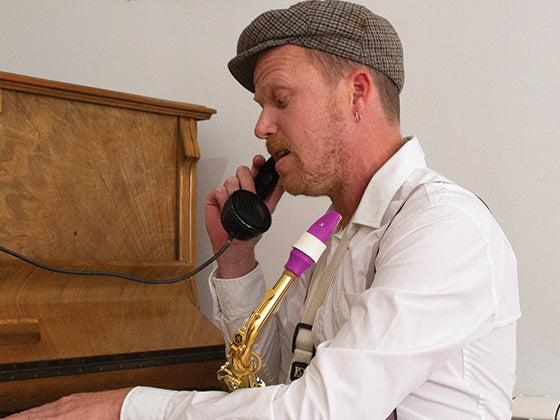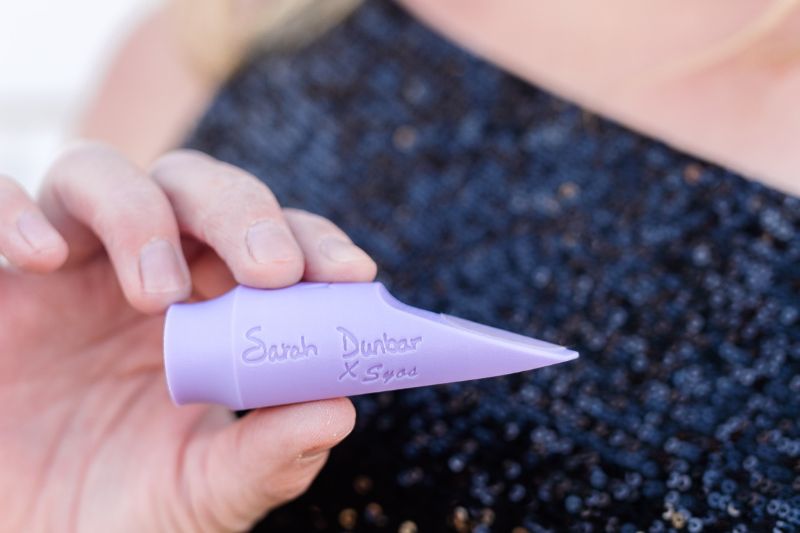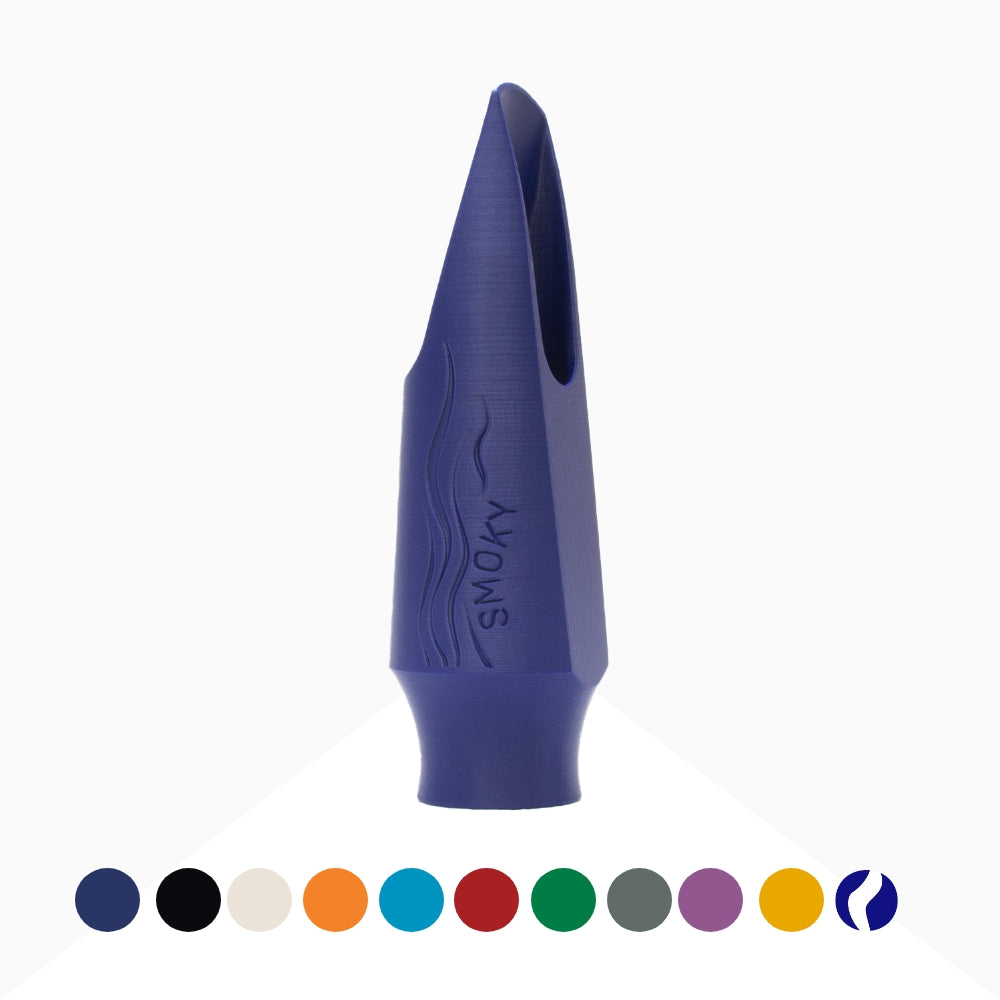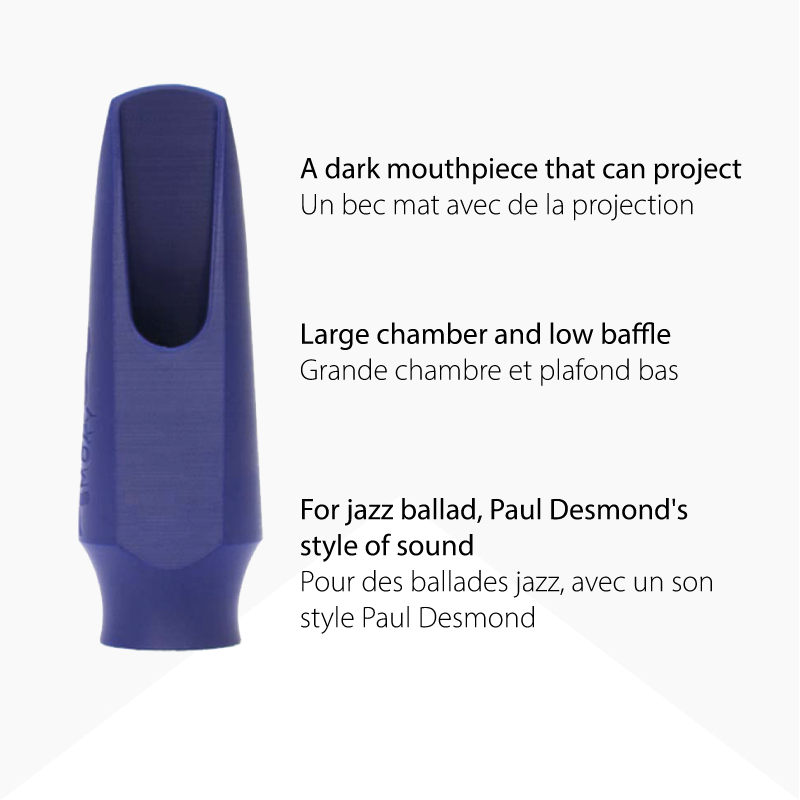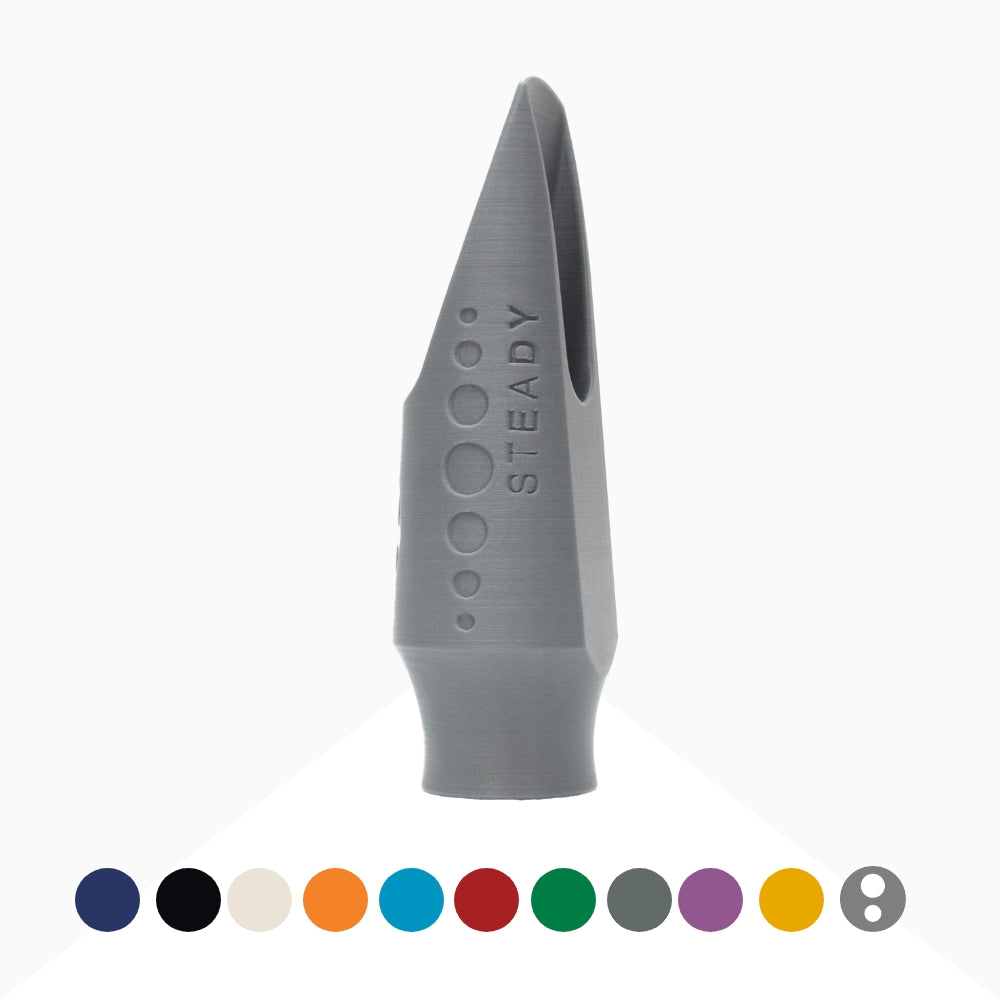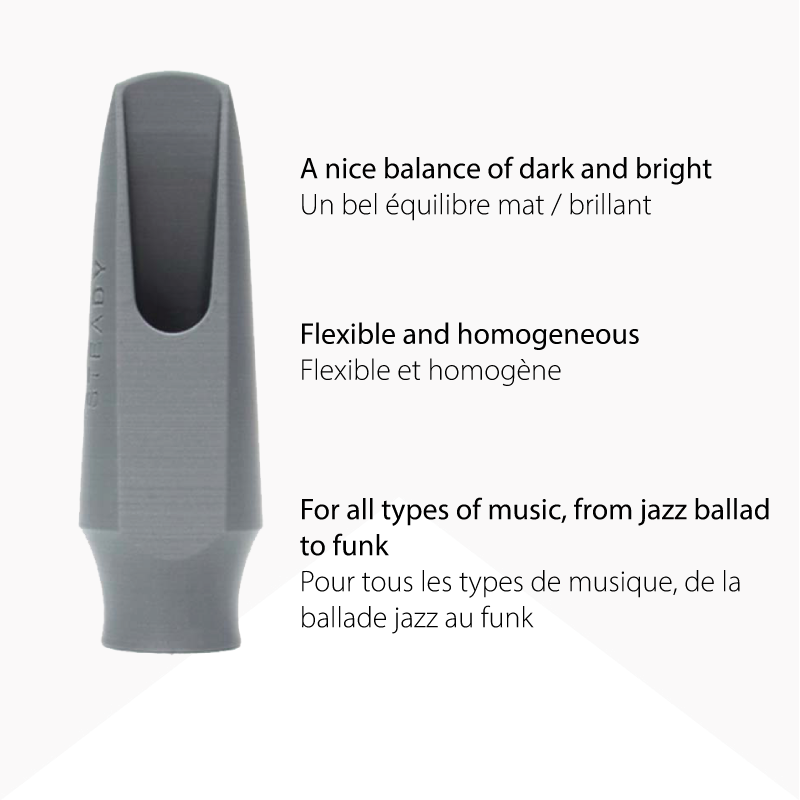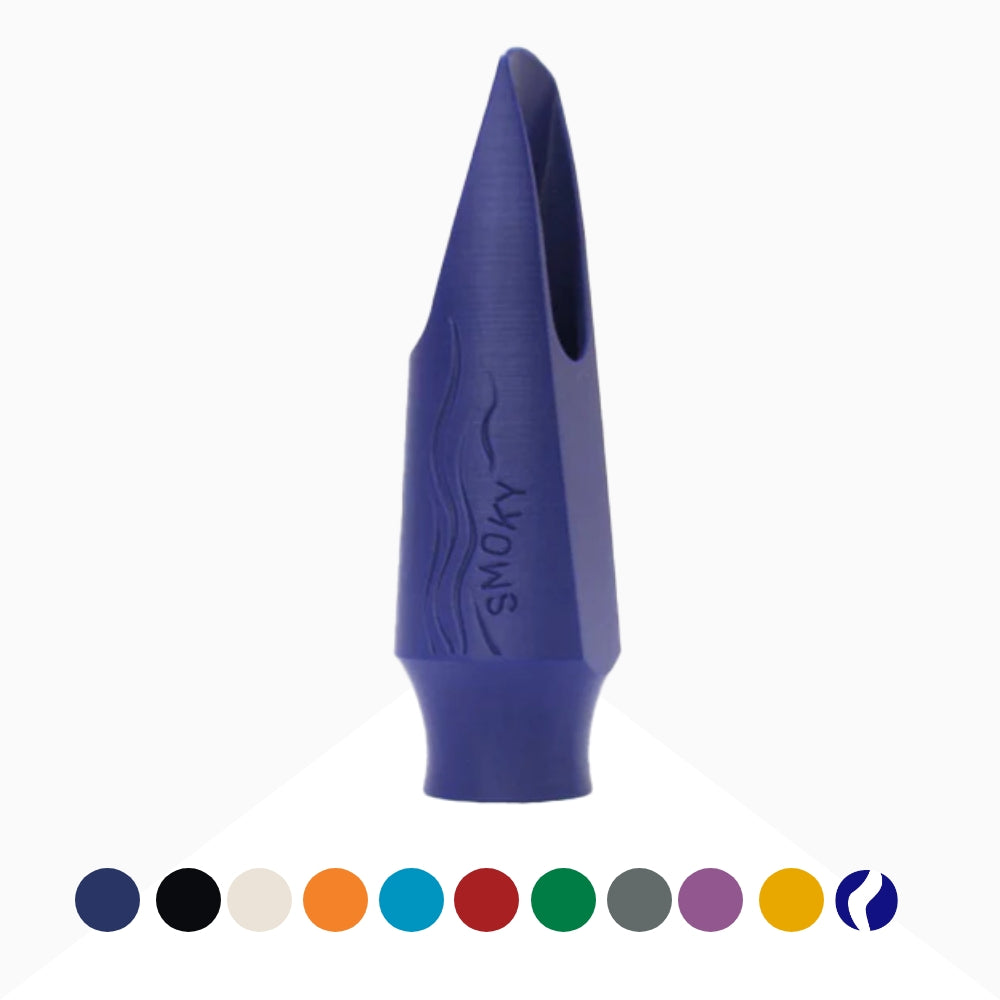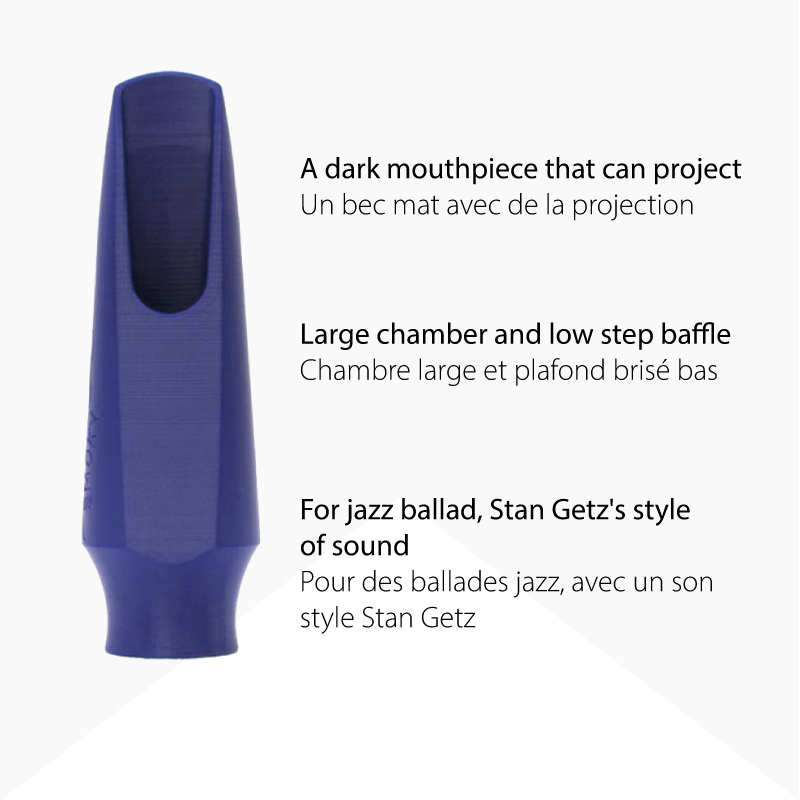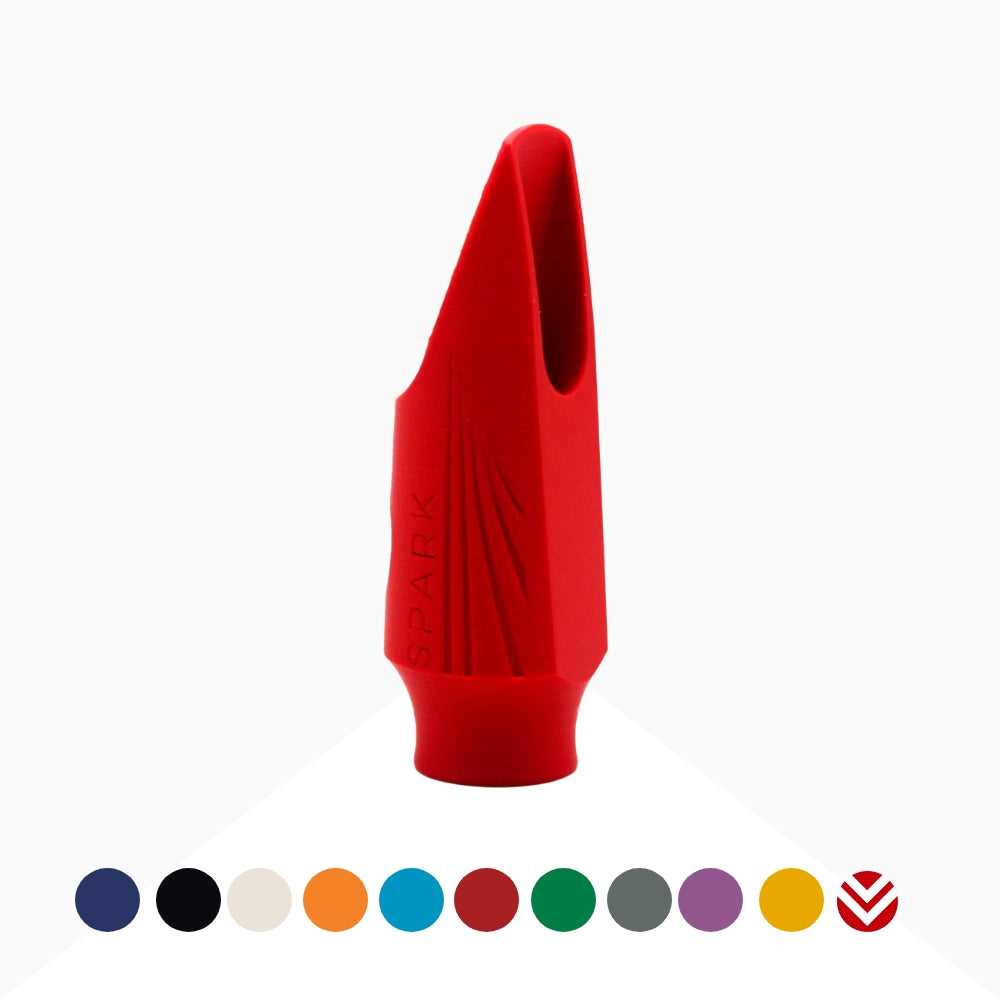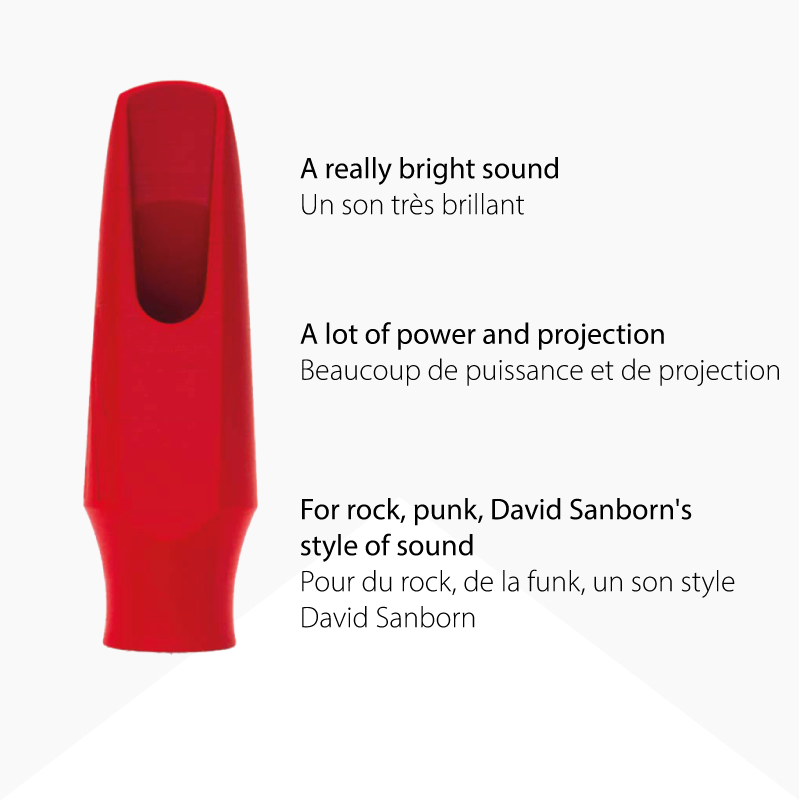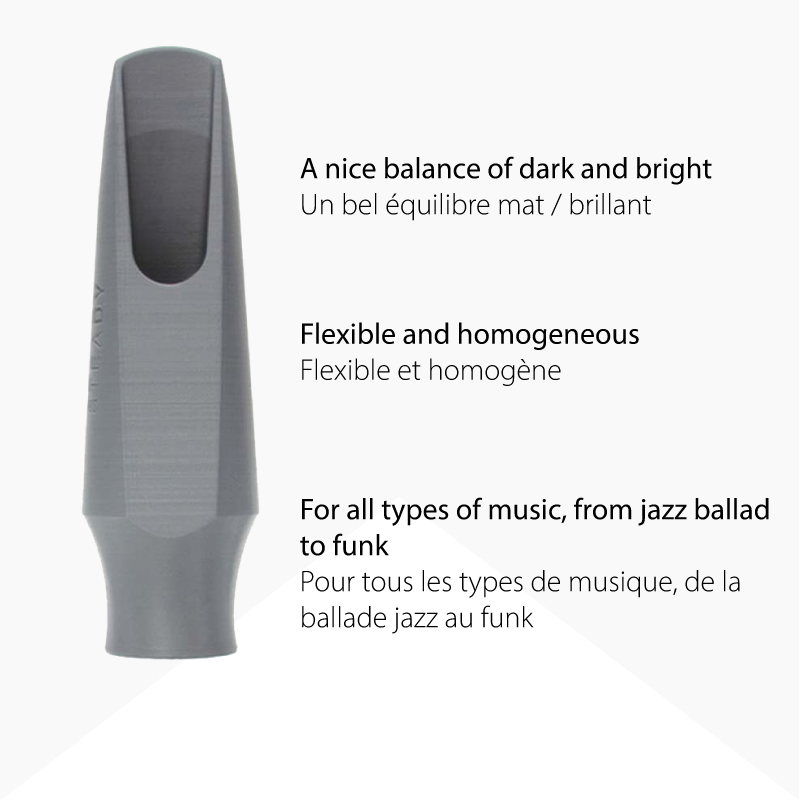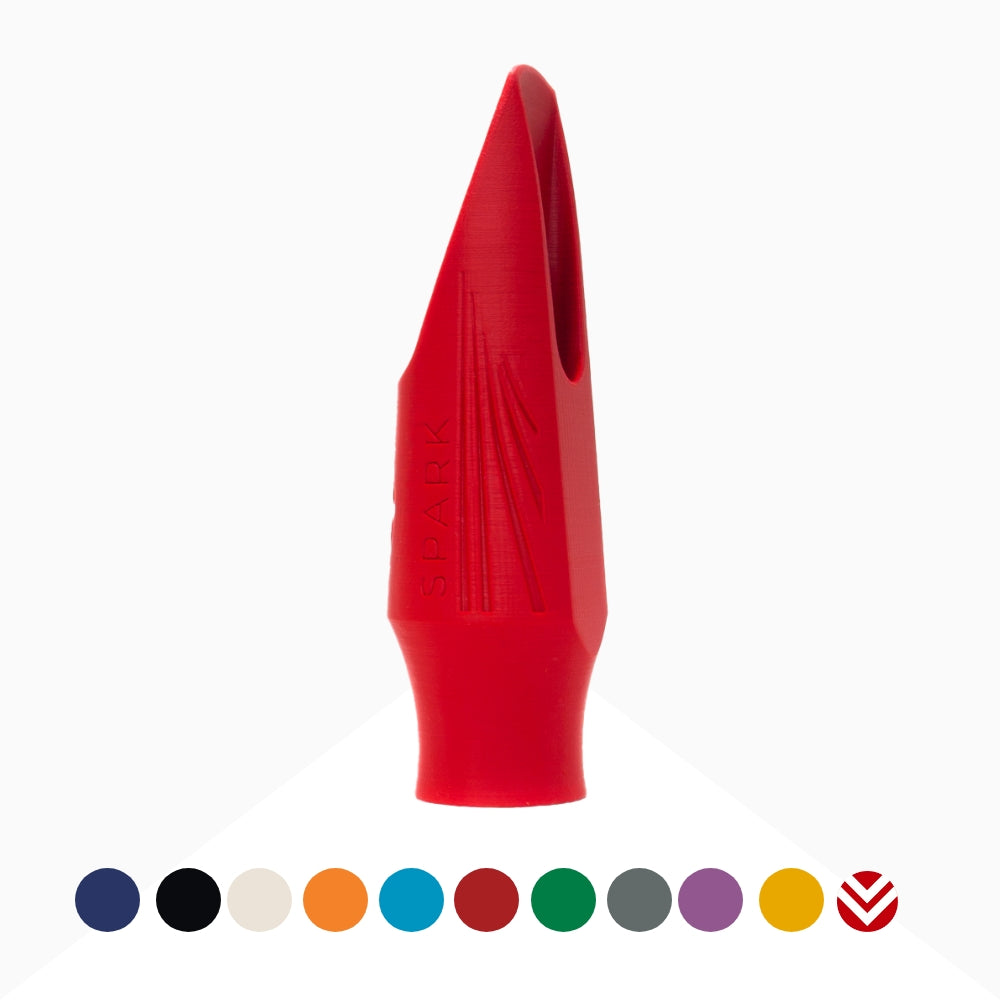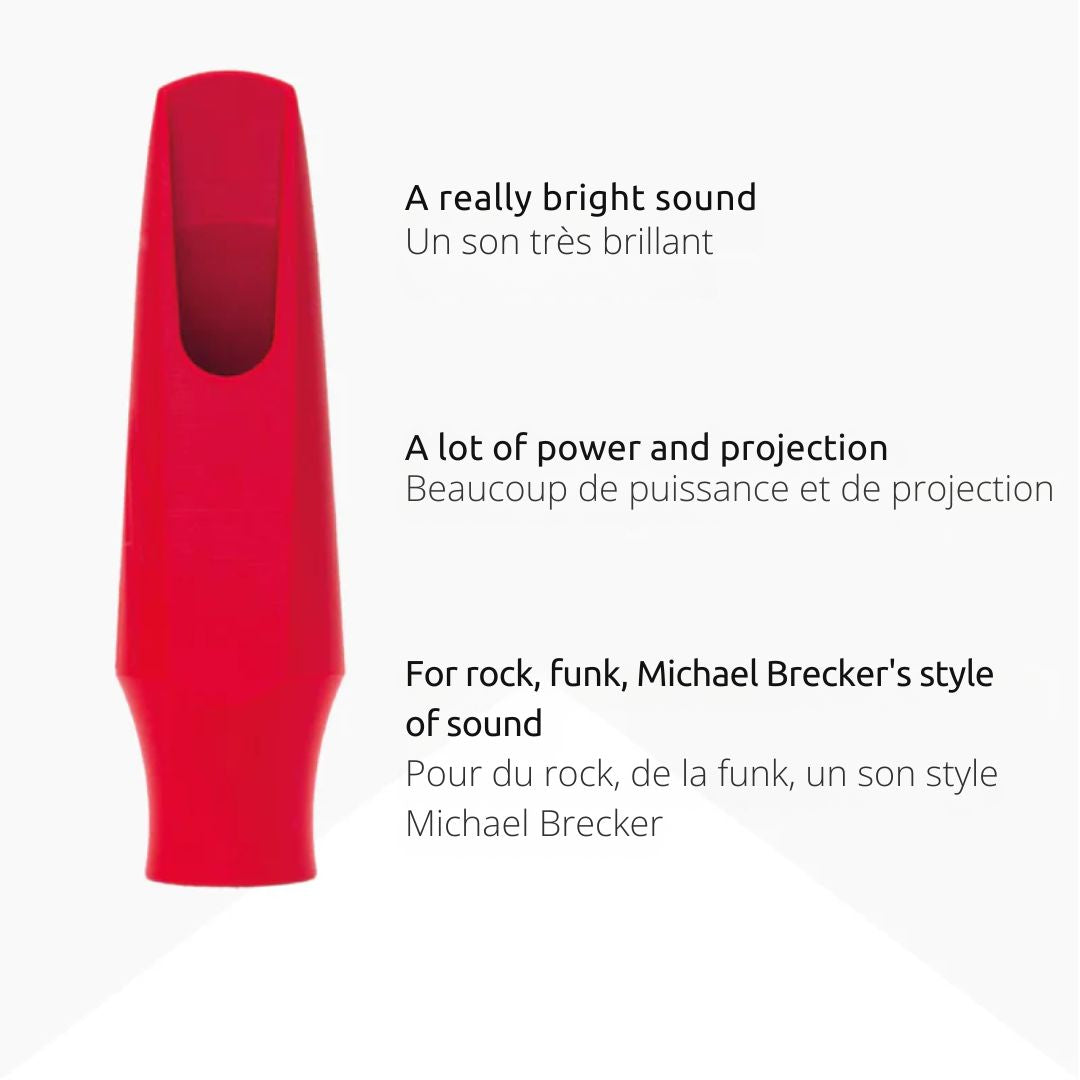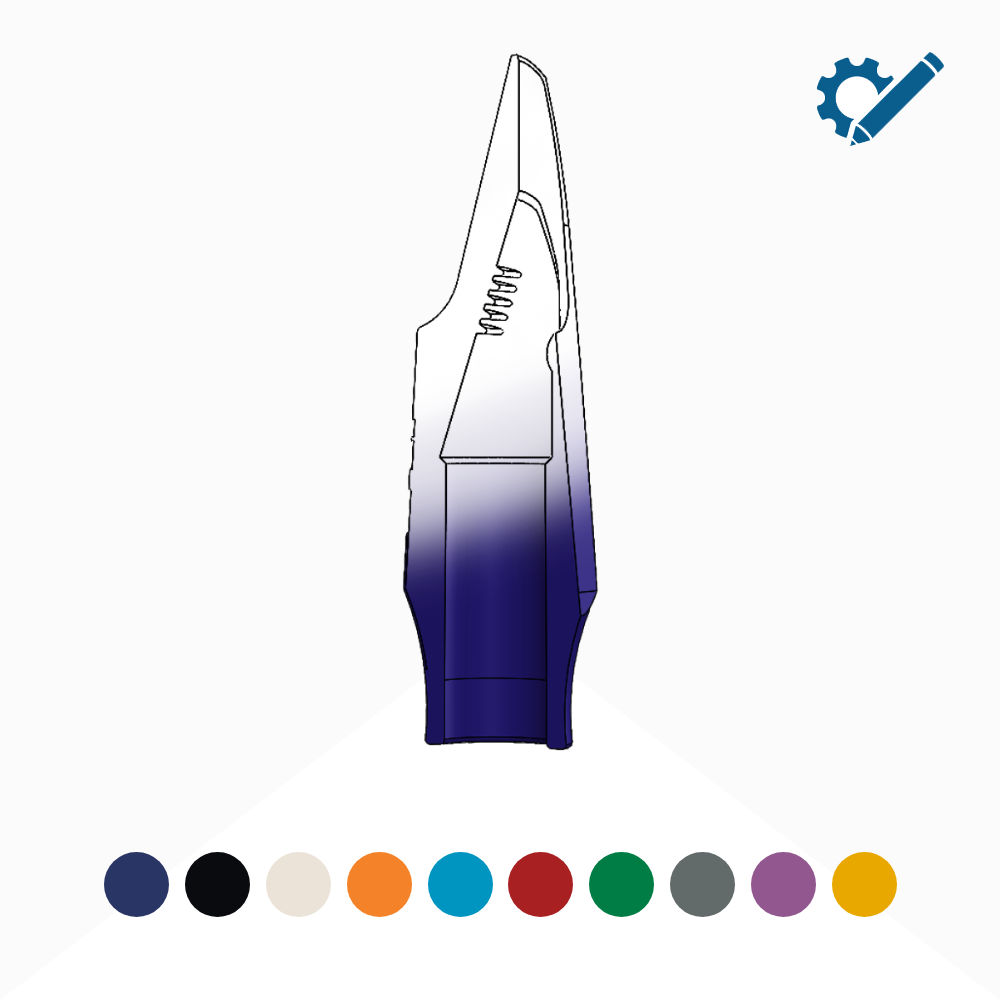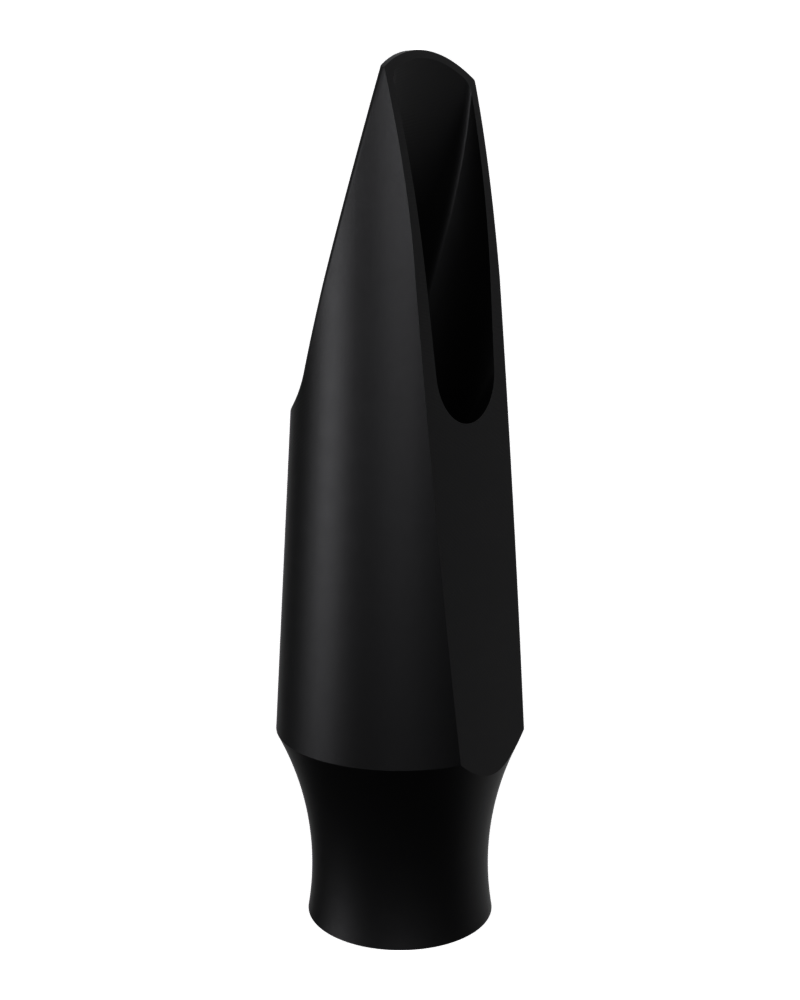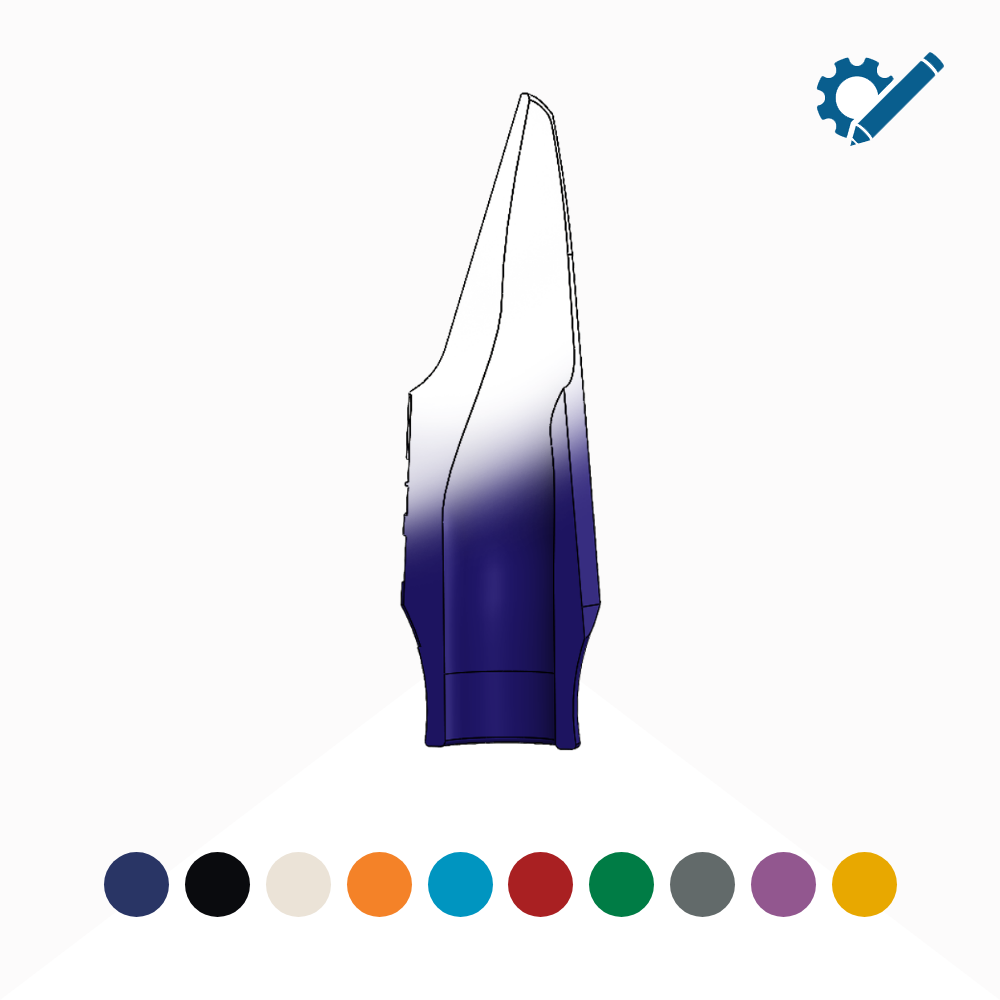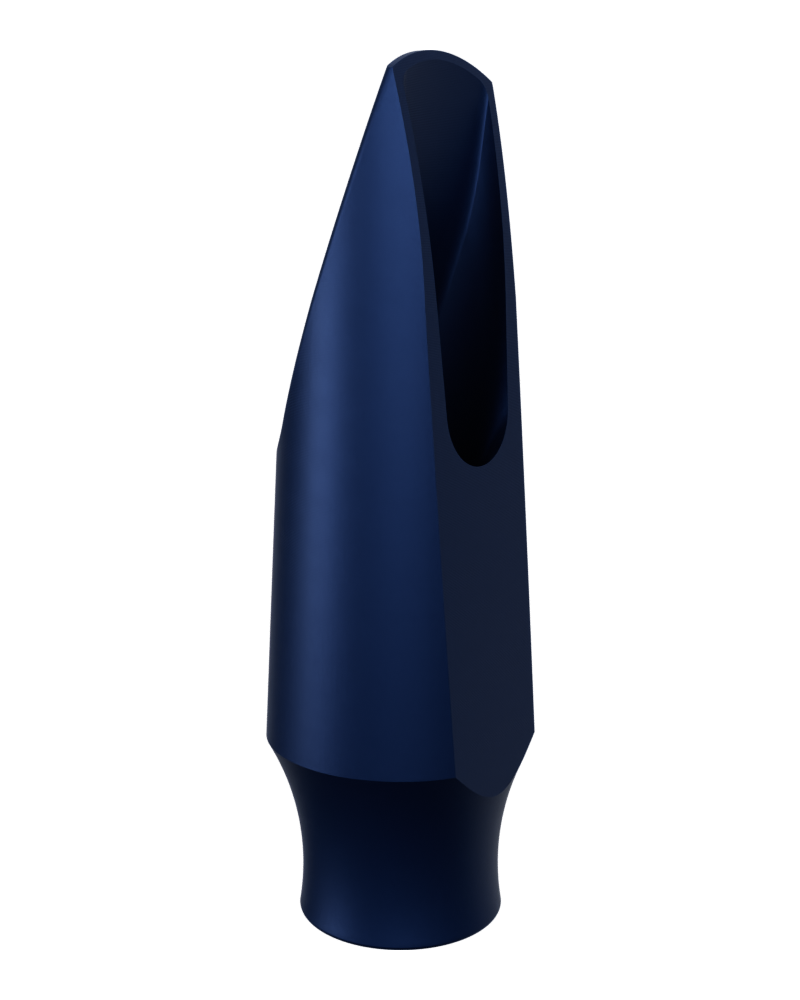Syos is now well known for its mouthpieces for jazz and modern music. But we're still outsiders in the world of classical music.
Nevertheless, we still makes pretty good classical mouthpieces, and Sarah Dunbar will explain you why she feels the Syos mouthpieces are great for classical music in this video.
I hope you will enjoy it!
Here is a transcription of what she says:
"Hi, my name is Sarah Dunbar, and I am the saxophone professor at Jacksonville State University in Jacksonville, Alabama. Something that I get asked about all the time is this purple mouthpiece, so I decided I would make a little video just to talk about it, and I'll tell you what it is, and I've demonstrated it a little bit for you.
So, this mouthpiece is the Sarah Dunbar signature mouthpiece. It's produced by Syos, which stands for "Shape Your Own Sound." It's a company based in Paris. It does actually have my signature on it. I don't know if you can see that in the video, but that's a cool little feature about it.
What happened is I was able to give them all of the qualities of a mouthpiece that I was looking for. I wanted a sound that was warm and round but projected well. I wanted easy response in the low register as well as up in the altissimo, and I didn't want there to be too much back pressure. I wanted it just nice and easy, free-blowing, responsive.
So, that was a lot of criteria that I gave them, and it was just words like that, no specifications of any kind. They sent me several different mouthpieces to try, and this was by far the winner. I absolutely loved it, right when I first tried it.
What I love the most about it is the altissimo. I have found that the altissimo is just really, really easy to respond, and it's also really easy to bend the pitch. So let me demonstrate that just a little bit so you can see.
[Altissimo demonstration]
So again, it just pops right out, it's easy, and the pitch bends like crazy. It's been just a dream to play on this for classical music. It's made the altissimo, so much easier for me. That's been my favorite part about the mouthpiece.
But I also just find that it's really easy to play. It does not have very much resistance, which is what I wanted in a mouthpiece. And I found that because of that, I'm able to play a lot longer without my face getting tired or hurting. And yeah, it's just worked really, really well for me. I've been playing on it exclusively for over two years now, and I haven't felt like I needed anything else.
I do use a different mouthpiece for jazz. That's more of a traditional jazz mouthpiece. But for classical, this is all I play on. It does come in different tip openings. I use a tip opening that's a five, so it's really quite narrow. However, if you order it in a six, a six-star, or seven, it starts to sound and feel more like a jazz mouthpiece. So that's great too. But I found that for my uses, what I like, the five is what works best for me.
I'm using the D'Addario Venn Synthetic reeds, their new reeds that just came out recently, and I use a size three and a half. I'm playing on a BG Traditional ligature and then a Selmer Reference 54 saxophone.
I think that's the main point. If you have any questions, feel free to put them in the comment section, and I'll do my best to answer them. I'm also going to put the link to the website where you can purchase it in the description box so you can go there and see all the different colors it comes in, see the different tip openings, read more about it, see the specs of the mouthpiece, and that'll be again in the description box.
And yeah, if you have any questions, just don't hesitate to ask. You can put them in the comment section or reach out to me in a different way, and I look forward to hearing from you. Thanks so much for watching. Bye."

